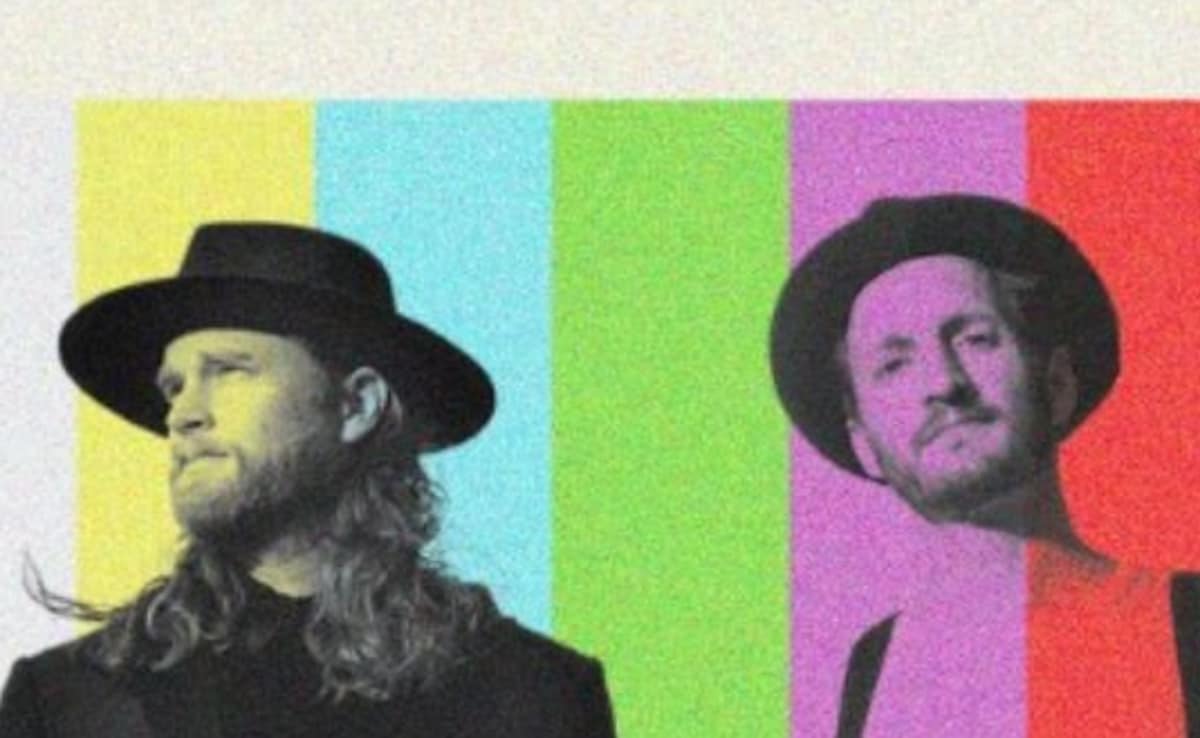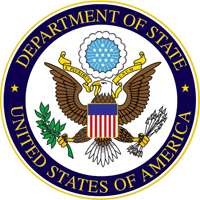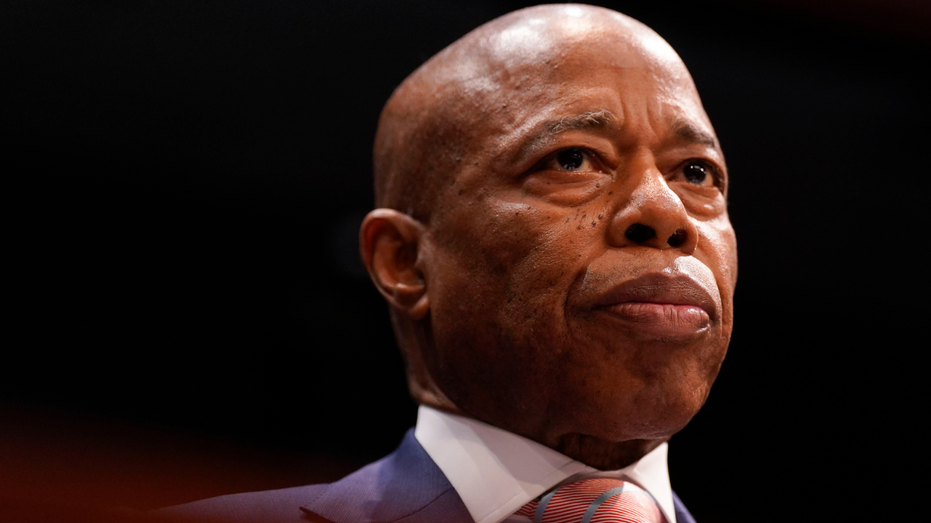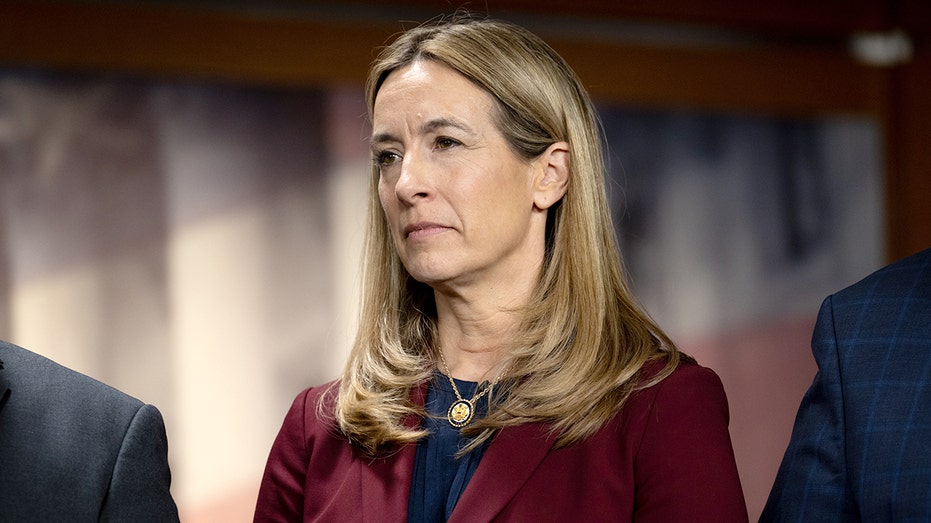These public radio stations have built online audiences that’ll help them survive federal cuts

I think you can excuse public radio’s station managers if web traffic isn’t quite top of mind these days. Many are too busy fighting for their continued existence.
Donald Trump’s May executive order to defund public media was of dubious legality. He’d proposed gutting the Corporation for Public Broadcasting in his previous budgets, but Congress was always there to save it when it was voting time. But not this year — Trump demanded Congress rescind all funding and pliant Republicans did just that. A billion dollars vanished by a three-vote margin. On Friday, the Corporation for Public Broadcasting announced it would shut down next month after nearly 60 years.
In that context, it’s probably an odd time to publish our first rankings of local public media websites. Everyone at these stations has something better to do than to look at Chartbeat. But nonetheless, here it is — the top 25 local public radio/TV websites, based on the estimated number of visits they received in June. (We recently published similar lists for both local newspapers and nonprofit news outlets.)
I won’t attribute any coherence to the reasoning behind the federal gutting. But one line of frequent complaint over the years has been that public radio and TV should be forced to compete in the commercial media marketplace, like every other outlet. If there’s demand for the work they do, the argument goes, they’ll be able to support themselves just fine.
Well, the public media outlets on this list are among those who’ve done the most to prepare for that fight. They’ve built syndication businesses, production studios, national programming, university partnerships, cross-media tie-ups, statewide networks, and a thousand other things meant to strengthen the institution. For them, the federal defunding will be painful but not fatal. According to station estimates, those federal dollars made up 3% of the annual budget at Boston’s WBUR, 5% at Seattle’s KUOW, 6% at Chicago’s WBEZ, and 8% at San Francisco’s KQED. The biggest stations, many of them on this list, are the best positioned to weather the storm. And part of that positioning is establishing a strong web presence that can compete, in its own way, with local newspapers and TV.
But it’s the stations that aren’t on this list that are in the most peril, the ones not lucky enough to be in a major metro area with a high population of college graduates and lots of civic capital. (Places like the No. 1 outlet on this list, Minnesota Public Radio, for instance.) According to the website Adopt a Station, federal funding makes up 23% of the budget at KEDM in Monroe, Louisiana; 29% at KMOS in Warrensburg, Missouri; 40% at WFIT in Melbourne, Florida; 57% at KGLP in Gallup, New Mexico; 80% at KGVA, a tribal station in Montana; and 91% at KNSA in Unalakleet, Alaska. (Those percentages are based on 2023 budget numbers and thus should not be treated as gospel.)
As I’ve tried to note in each of these rankings, these are not inherently fair competitions. All markets are not created equal; a station serving southern California is going to have a bigger potential audience than one serving southern North Dakota. All of these websites are connected to public radio stations, but some are twinned to public TV stations — some of which are really more national than local. And while all of these stations are NPR members, a few derive much (or all) of their audience for their music programming, not news.
But there’s still benchmarking value in seeing the numbers side by side. How about little Vermont Public — headquartered in the town of Colchester, population 17,524 — hitting No. 23? (Rankings aficionados may remember that VT Digger, the state’s hugely successful nonprofit news outlet, managed to hit No. 18 on our nonprofit rankings last week.) With that, here are the rankings for June, followed by a few highlights from the list.
Top 25 local public media sites, June 2025
Ranked by estimated monthly visits
| Rank | Website / News org / Parent | June 2025 visits |
± Rank from May |
± Visits from May |
|---|---|---|---|---|
| 1 |
mprnews.org
Minnesota Public Radio
Saint Paul
|
3,299,259 | — | +52.6% |
| 2 |
laist.com
Southern California Public Radio
Los Angeles
|
2,153,743 | ▲ 3 | +34.8% |
| 3 |
opb.org
Oregon Public Broadcasting
Portland
|
1,883,653 | ▼ 1 | +0.4% |
| 4 |
cpr.org
Colorado Public Radio
Denver
|
1,599,391 | ▲ 3 | +24.5% |
| 5 |
wbur.org
WBUR
Boston
|
1,486,668 | ▼ 2 | -18.6% |
| 6 |
kqed.org
KQED
San Francisco
|
1,324,170 | — | +1.3% |
| 7 |
kcrw.com
KCRW
Los Angeles
|
1,133,277 | ▲ 2 | -3.5% |
| 8 |
whyy.org
WHYY
Philadelphia
|
1,084,211 | — | -12.2% |
| 9 |
wgbh.org
GBH
Boston
|
1,059,419 | ▼ 5 | -35.8% |
| 10 |
wpr.org
Wisconsin Public Radio
Madison
|
873,333 | — | -3.7% |
| 11 |
wnyc.org
WNYC
New York City
|
700,629 | ▲ 5 | +14.8% |
| 12 |
kpbs.org
KPBS
San Diego
|
661,278 | ▲ 2 | +2.7% |
| 13 |
kcur.org
KCUR
Kansas City
|
575,076 | ▲ 2 | -8.9% |
| 14 |
houstonpublicmedia.org
Houston Public Media
Houston
|
574,381 | ▼ 3 | -21.5% |
| 15 |
tpr.org
Texas Public Radio
San Antonio
|
505,742 | ▲ 21 | +137.7% |
| 16 |
kuow.org
KUOW
Seattle
|
446,367 | ▲ 2 | -17.2% |
| 17 |
kut.org
KUT
Austin
|
444,788 | ▼ 4 | -38.6% |
| 18 |
stlpr.org
St. Louis Public Radio
St. Louis
|
439,400 | ▼ 6 | -39.4% |
| 19 |
wfuv.org
WFUV
New York City
|
434,420 | — | +1.0% |
| 20 |
kexp.org
KEXP
Seattle
|
396,566 | — | -5.0% |
| 21 |
wbez.org
WBEZ
Chicago
|
395,546 | ▼ 4 | -27.7% |
| 22 |
mainepublic.org
Maine Public
Portland
|
354,056 | ▲ 5 | +30.6% |
| 23 |
vermontpublic.org
Vermont Public
Burlington
|
347,553 | ▲ 2 | +10.1% |
| 24 |
wusf.org
WUSF
Tampa
|
319,726 | ▼ 3 | -17.0% |
| 25 |
gpb.org
Georgia Public Broadcasting
Atlanta
|
319,642 | ▲ 1 | +2.6% |
13. KCUR, Kansas City
Gabe Rosenberg, KCUR’s audience editor, said the site’s biggest story in June was about a tornado poised to strike Kansas City. “We had been watching the weather, and when we got the tornado warning notification, moved quickly to put up a very brief story with a focus on SEO,” he said. “I think we might have been the first in the area to publish, and saw an immediate spike in traffic.” The station’s been focusing on being more responsive to breaking news.
Another story that performed well, without life-or-death stakes? A compilation of the 22 times a Kansas City restaurant has been featured on Guy Fieri’s Diners, Drive-Ins and Dives. Originally part of a KCUR newsletter called Adventure!, Rosenberg said the piece and others like it tend to do well in search and are “funneling new-to-KCUR-readers into an email product.”
4. Colorado Public Radio
Kevin Dale, executive editor of CPR News, told me one particular story was a big part of its high web traffic in June: “A man threw a fire bomb at a peaceful walk meant to draw attention to the hostages in Gaza. It was a Sunday afternoon and more than a dozen of our staff immediately jumped into reporting and editing to get the news online for our digital readers.” Traffic to followup stories remained high for several days.
“We have moved digital stories to the head of the line — especially in critical breaking news stories like that,” he said. “And, sadly, our staff has experience with mass attacks in Colorado. We have an exceptional team of reporters, editors, hosts and digital producers who understand how to deliver on breaking news and then follow it up with deeper reporting that drives engagement and impact.”
3. Oregon Public Broadcasting
Lisa Garcia Grace , OPB’s senior VP for programming and audience engagement, described “increasing our digital presence today and in the future” as one of the station’s core strategies going forward. That’s included being more responsive to breaking news, doing more reporting beyond the Portland area, and doing more vertical video for social media. The federal funding cut will cost OPB about $5 million, she said, or about 9% of its annual budget. Like other stations, OPB has focused its fundraising messages on the impact of that cut, and she said “thousands of people” have given money to try to fill the federal hole.
What's Your Reaction?
 Like
0
Like
0
 Dislike
0
Dislike
0
 Love
0
Love
0
 Funny
0
Funny
0
 Angry
0
Angry
0
 Sad
0
Sad
0
 Wow
0
Wow
0




































































